



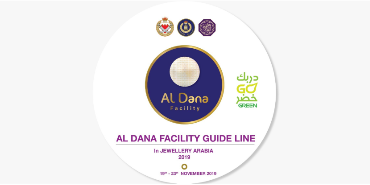
The inauguration of the electronic Al Dana system, which is considered one of the first systems used internationally in exhibitions

Customs Affairs has also signed a contract to import and install x-ray equipment for containers and trucks with (SGS Company) of Switzerland, which stipulates providing Customs Affairs with (4) x-ray scanners type (Nuctech). Two of the said scanners will be installed at the King Fahed Causeway to inspect trucks, and the other two to inspect containers at Mina Khalifa bin Salman.
The scanners are regarded the latest generation of scanners to inspect containers, worldwide.
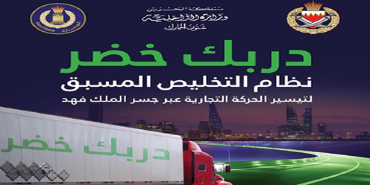
On April 1, 2018 the Customs Affairs launched the Prior Clearing System to facilitate movement of trade on King Fahad Causeway, and to minimize the truckers wait time to complete customs clearing. The system targets merchants, importers as well as individuals transporting vehicles across the causeway.
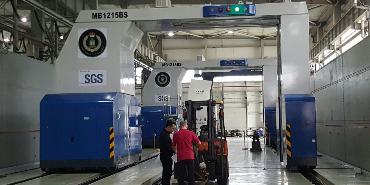
Customs Affairs has also signed a contract to import and install x-ray equipment for containers and trucks with (SGS Company) of Switzerland, which stipulates providing Customs Affairs with (4) x-ray scanners type (Nuctech). Two of the said scanners will be installed at the King Fahed Causeway to inspect trucks, and the other two to inspect containers at Mina Khalifa bin Salman.
The scanners are regarded the latest generation of scanners to inspect containers, worldwide.
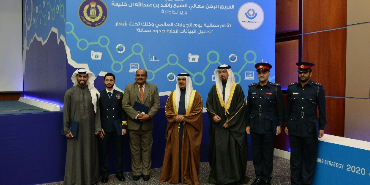
His Excellency, President of Customs Affairs Sheikh Ahmad Bin Hamad Al Khalifa, inaugurated the Strategy for Customs Affairs for the years 2017-2020, which aimed to be in harmony with the economic vision of 2030, and the government action plan discussed during the first meeting of the government last year, and the directions of the World Customs Organization for coming years. The strategy which came as a result of a scientific and professional study that meet work requirements, and outlines the general basis for customs work focuses on a number of principles, most important of which are documentation and clarity in the modification of practical procedures, in order for the strategy to be used as a reference, aimed to establish transparency and institutional methodology of undertakings.
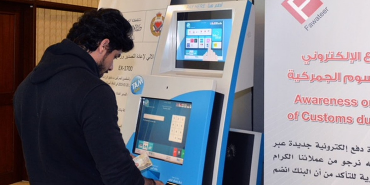
The electronic payment system was also activated at customs ports to boost financial transactions in cooperation with a Payment International Company and Credit Max. This step is based on the task set forth by customs officials in their strategy for 2017-2020, which provides for the provision of distinguished customs services across the region by virtue of facilitating legitimate travel and trade, enhancing the Kingdom security, protecting society and ensuring that provision of customs services is paramount in terms of quality and lowest prices as well as competitiveness.
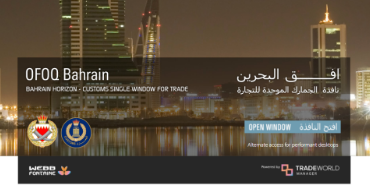
The single window system for customs clearance "Horizon" was incepted. This was a technical system based on the World Customs Organization standards, and is now being launched at all ports in the Kingdom and developed periodically according to business requirements, to ensure trade facilitation in the Kingdom of Bahrain.
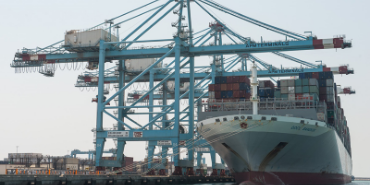
Khalifa Bin Salman Port, which is deemed one of the first standard ports of the Federation, was inaugurated in 2009 as per the latest style with high quality facilities.
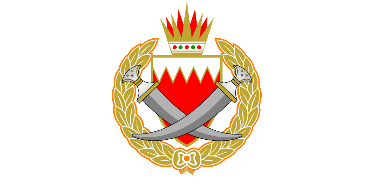
The affiliation of Customs Affairs was transferred from the Ministry of Finance to the Ministry of Interior since the appointment of the Minister of Interior, Lieutenant-General His Excellency Sheikh Rashid bin Abdullah Al Khalifa
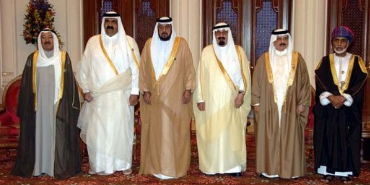
The Kingdom of Bahrain joined the Customs Union of the Gulf Cooperation Council (GCC) countries, which has a significant impact on the trade movement in the Arab Gulf.
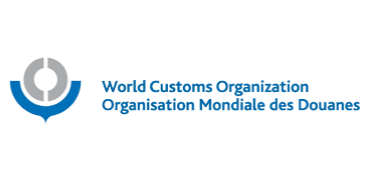
On 18 April 2001 the accreditation of the World Customs Organization took place.

On February 27, 2001 Decree Law No.13 of 2001 was promulgated to accede to the Convention establishing the Customs Operation Council.
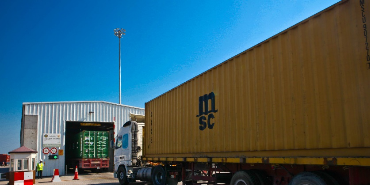
Under the patronage of His Majesty King Hamad Bin Isa Al Khalfa , the internal customs procedures and documents of each member state of the Cooperation Council were unified under the Customs Law of the Gulf Cooperation Council (GCC). This consolidation remains the basis of our procedures, taking into account development and modernization where needed.
The Kingdom of Bahrain has also introduced an impact wing unit to detect drugs, weapons and explosives. As well as the cargo container scanners and other modern means of inspection.
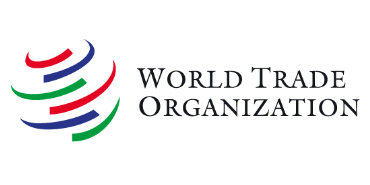
The Kingdom of Bahrain joined the General Agreement on Trade and Customs Tariff (GATT), in light of which it has acceded and ratified the document establishing the World Trade Organization in Marrakesh on April 15, 1994. The system of red and green tracks was implemented in the inspection hall of Bahrain International Airport, as a desire of customs to keep pace with the international customs regulations, and to further facilitate the outcomes of customs procedures for arrivals.
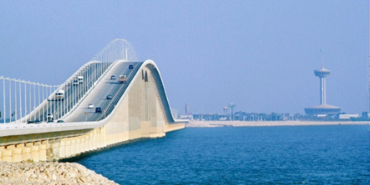
King Fahad Causeway was inaugurated in 1986, linking the Kingdom of Bahrain to its sister state the Kingdom of Saudi Arabia. This land access point became a major factor in foreign trade, meanwhile customs played a vital role in the success and operation of this bridge, with a 24-hour customs department for cargo (land cargo port). A number of customs officers were provided; some were graduates of customs institutes and trainees in land clearance techniques.
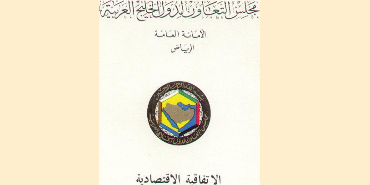
The Kingdom of Bahrain joined the Gulf Economic Cooperation Council (GCC) Convention, which supported the unification of the economic policies of the six member states of the Council, and introduced x-ray scanners to expedite the process of clearance operations, and replaced the manual inspections and clearance system. However, the manual inspection system was used when radiators were detected for suspicious purposes; this service is still ongoing while taking into account the development and modernization process.
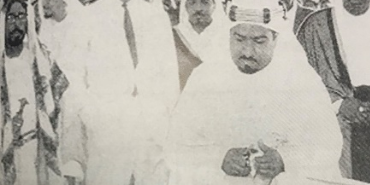
In 1962, Salman Port was inaugurated in the southeast of Manama and became the official port of Bahrain, which allowed large container ships to dock in Bahrain for the first time, as well as the tender of expanding the entrances of Salman Port. Within the framework of the port expansion viewpoint, the floating pier, which can accommodate two other ships was inaugurated at Salman Port by the late Emir of Bahrain, His Highness Sheikh Isa Bin Salman Bin Hamad Al Khalifa.
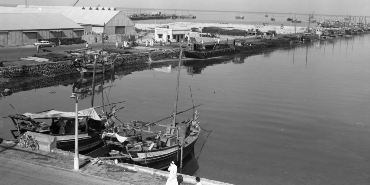
In 1957, Bahrain ruler, Sheikh Salman bin Hamad bin Isa bin Ali al-Khalifa, installed the first concrete cylinder, announcing the commencement of the Salman Port project in the southeast of Manama, the work at Salman Port took several years.

In 1950, the Government of Bahrain promulgated the first customs law in the Arab Gulf region, followed by the promulgation of numerous customs rules and regulations due to the increase in the volume of trade, which led to the construction of Salman Port and the port of Juffair in 1957.
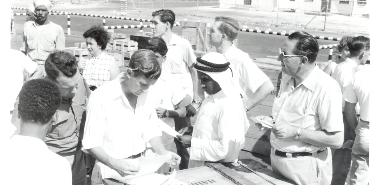
In 1947, the issue of shipping and unloading was solved at Fardat Al Manama. On 8 April 1947, a meeting was held in Manama under the chairmanship of the then ruler of Bahrain, Sheikh Salman Bin Hamad Al Khalifa (1942-1961m) that was attended by about 30 prominent merchants from Bahrain to solve the problem relating to the procedures and arrangements of unloading their goods in Manama, the main port in Bahrain at that time. Traders at this meeting put forward their suggestions and demands that consisted of complaining about the monopoly of Gray McKenzie Inc. Limited of this operation. During this period, the port was provided with the first Elevator for purposes of using the port.
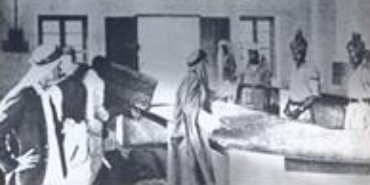
1937: The late ruler of Bahrain, Sheikh Isa Bin Ali Al Khalifa inaugurated the building of Bahrain customs department near Fardat Al Manama prior to the construction of Bab Al Bahrain building, and the customs department was located on the right side of the Government street opposite to the Bahrain International Maritime and Trade Company building, which was separate from the sea by virtue of the Government Avenue. The location of the Old Customs Department building is now located to the right of the post office building in Manama.
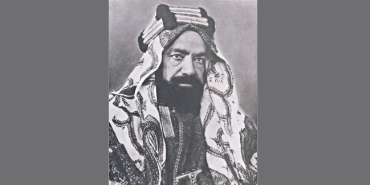
The late Sheikh Hamad bin Isa bin Ali al-Khalifa, Bahrain Deputy Ruler, abolished the compliance system and established a customs administration in 1923, in order to promote regulatory reforms.
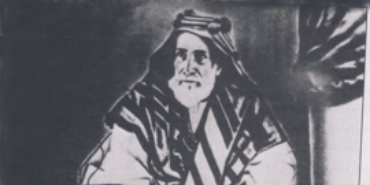
1888: In the era of the late Sheikh Isa Bin Ali Al Khalifa, the ruler of Bahrain at the time, the task of customs administration and tax collection was entrusted to a prominent Indian merchant, which was a successful experience that was applied by neighboring countries and Emirates such as Sharjah and Oman. The Indian merchant continued to collect taxes and customs duties and continued to commit to paying a certain amount to the ruler for 35 years
1904: the late ruler of Bahrain at the time, Sheikh Isa Bin Ali Al Khalifa, ordered the construction of a stone pavement at an estimated cost of approximately thirty thousand rupees, and fees were imposed on its use to develop it and to achieve fast transportation and shipment of goods.
1917: The Customs authority witnessed a special organizational shift, where the first Customs building was built opposite to Bab Al Bahrain, which was at the time a (Jabra), then a building was built and the development continued until the contraction of Salman Port.